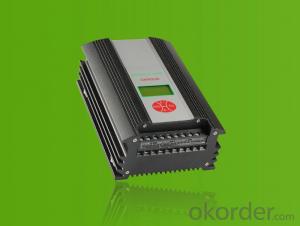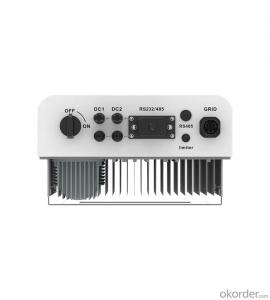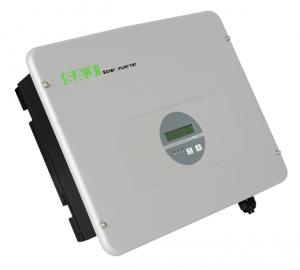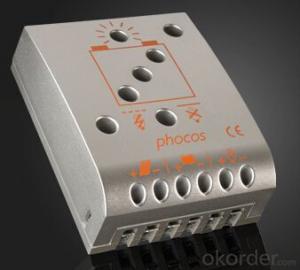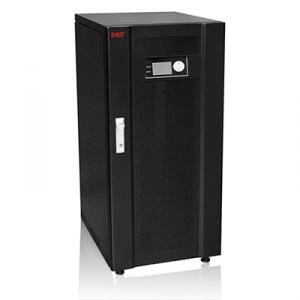Mppt Solar Inverter
Mppt Solar Inverter Related Searches
Mppt Solar Power Inverter Mppt Inverter Solar Mppt Based Solar Inverter Mppt Solar Pump Inverter Mppt Solar Hybrid Inverter Mppt Hybrid Solar Inverter Microtek Mppt Solar Inverter Mppt Inverter For Solar System China Mppt Solar Inverter Mppt Solar Inverter Charger 12v Mppt Solar Inverter Dual Mppt Solar Inverter Best Mppt Solar Inverter Mppt Solar Inverter 24v Mppt Solar Inverter Price 24v Mppt Solar Inverter 1kw Mppt Solar Inverter Mppt Solar Inverter 48v Mpp Solar Inverter Mpp Solar Power Inverter 2kw Mppt Solar Inverter Apollo Mppt Solar Inverter 24 Volt Mppt Solar Inverter Mppt Solar Inverter 12 Volt 3 Mppt Solar Inverter 2kva Mppt Solar Inverter 5kw Mppt Solar Inverter Mppt Solar Inverter 5kw 3kva Mppt Solar Inverter 5kva Mppt Solar InverterMppt Solar Inverter Supplier & Manufacturer from China
Mppt Solar Inverter is a type of solar power conversion device that incorporates Maximum Power Point Tracking (MPPT) technology. This technology ensures that the solar panels operate at their maximum power output, thereby increasing the overall efficiency of the solar power system. The product is designed to convert the direct current (DC) generated by solar panels into alternating current (AC) that can be used by various electrical appliances and devices.The Mppt Solar Inverter is widely used in various applications and scenarios, such as residential, commercial, and industrial settings. It is particularly useful in off-grid and grid-tied solar power systems, where it helps to optimize the energy generation and storage. In off-grid systems, the inverter plays a crucial role in converting solar energy into usable power for lighting, heating, and other essential needs. In grid-tied systems, it enables the excess solar energy to be fed back into the grid, reducing the reliance on traditional energy sources and potentially earning credits for the solar power generated.
Okorder.com is a reputable wholesale supplier of Mppt Solar Inverter products, boasting a large inventory to cater to the diverse needs of customers worldwide. The company is committed to providing high-quality solar inverters at competitive prices, ensuring that customers can benefit from the latest advancements in solar technology. By partnering with Okorder.com, customers can access a wide range of Mppt Solar Inverter options, enabling them to select the most suitable product for their specific solar power requirements.
Hot Products









